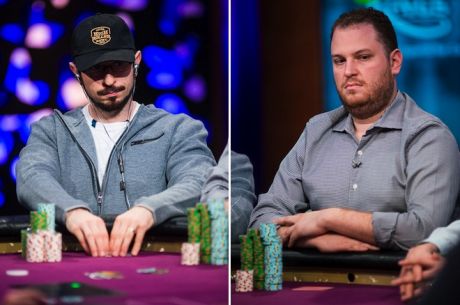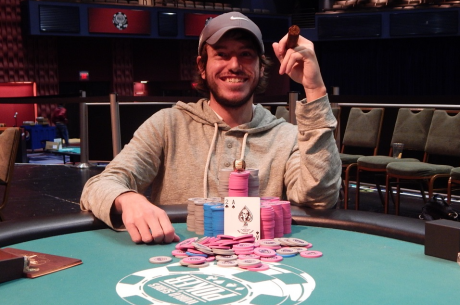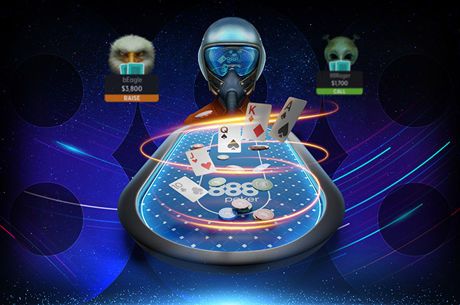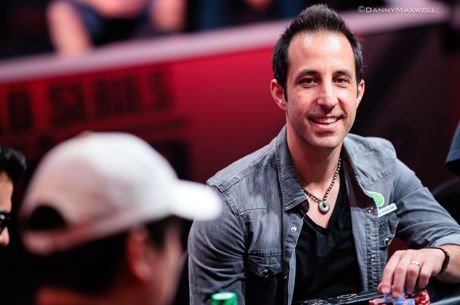Big Blind Bluffing: Making an Ordinary Hand Special
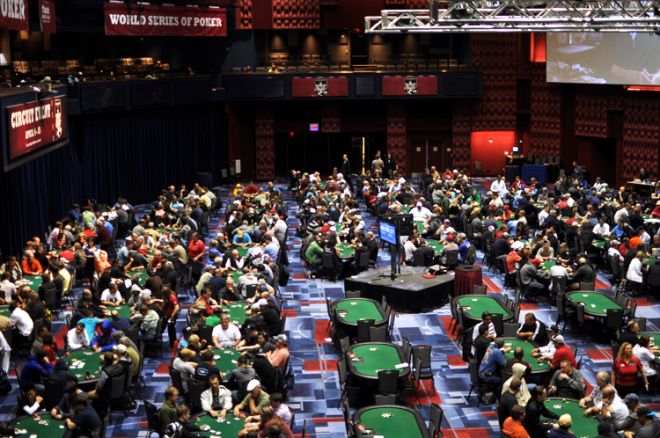
The big blind is the position from which you will have the widest range of starting hands. As a result, this wide range can potentially lead you to make some pretty unexpected monsters even on the most ragged of flops — a phenomenon known as the “big blind special.”
Recently I played in the $1,675 buy-in World Series of Poker Circuit Cherokee Main Event where I found myself involved in a five-way limped pot in which I was in the big blind with 8x5x-offsuit. A flop of 8x5x2x would have indeed been special in that spot, but alas, it did not come. However, the possibility of a big blind special and what I’ve learned about bluffing still gave me an opportunity to increase my stack by more than 30% from out of position in a multi-way pot with 8-high.
Here’s how.
The Hand
Again, this was a WSOP Circuit event in Cherokee, North Carolina, which means it was full of recreational players. One thing that these players love to do is limp in with medium-strength hands, which is meaningful to consider here.
In this case, I was in the big blind with 8♣5♠. A player from early position limped, which encouraged a couple more players to limp behind. The small blind completed and I checked my option, then the flop came 6♥4♥2♥. It checked around to the button who made a bet worth 4 big blinds into the pot of 6 BBs. It folded back to me and I thought about all the information available.
First, most of these players were the types to raise their decent pairs and limp with medium-to-big offsuit-Broadway cards. I also expected them to raise their suited-ace and suited-Broadway combos, so a big flush was unlikely.
They could have had a few smaller flush combos with this flop, but these made up a only a small percentage of their overall limping range, and if they had such hands many would have led the flop for protection since no one had the betting impetus. The lower sets were possible as well, however it was unlikely any of them had two pair or a straight.
After realizing I was the player with the strongest range on this board, I considered with what the button could be betting. He could have had an unlikely set, of course, but I believed he would make this same bet with weaker one-pair hands for protection as well as with offsuit hands containing the A♥ or K♥ as a bluff.
I decided that most of the hands in this range could not stand a great deal of pressure, so I check-raised his 4 BB bet to 12 BB. A bet of this size only needed to work 55% of the time and I expected that it would based on the small number of strong combos in his range.
To make the situation even better for me, I had 6 clean outs for a straight that would have put me ahead in the event he decided to just call with any non-flush hand. Those 6 outs represented approximately 12% equity on the next street, which meant that my bluff actually only needed to work 43% of time.
It folded back to the villain who asked “big blind special?” before folding his hand as well.
Conclusion
I started this hand with 30 BBs and was able to increase my stack by 30% with 8-high because of my understanding of capped ranges and my perceived range for check-raising from the big blind.
The phrase “big blind special” is well known in the poker community and everyone knows what one looks like when they see it. Fortunately for those of us who have this move in our games, big blind bluffs look the exact same way.
Want to stay atop all the latest in the poker world? If so, make sure to get PokerNews updates on your social media outlets. Follow us on Twitter and find us on both Facebook and Google+!


